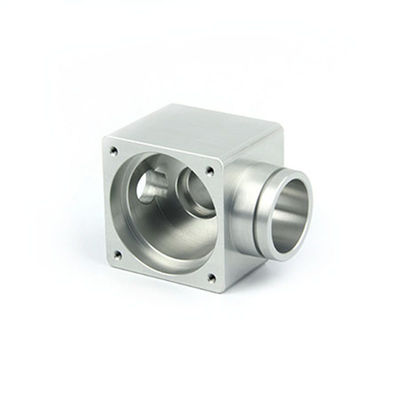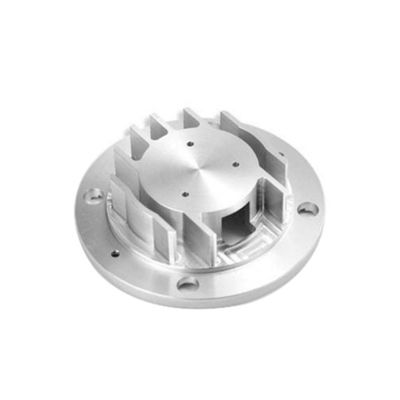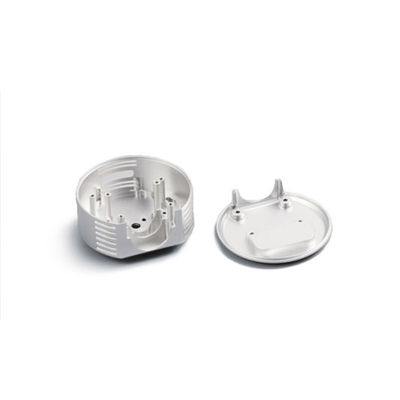OEM CNC Machining Manufacturing
Product Details
Model Number: OEM
Brand Name: OEM CNC Machining Manufacturing
Surface Treatment: As machined
Samples: Accept
Material: Titanium
Customize Service: Yes
Package: Carton
Origin: Dongguan, China
Keyword: CNC Milling Parts. OEM Aluminum Milling. CNC Turning Parts. CNC Machining Parts
CNC Machining Parts Details
| Material |
Aluminum |
Brass |
Copper |
Carbon steel |
Stainless Steel |
| Engineering Plastic |
Titanium |
|
|
|
| Process |
CNC Milling |
CNC Turning |
Secondary |
Laser Cutting |
Bending |
| Welding |
Punch |
Assembly |
|
|
| Finishing |
Anodized |
Chemical Oxidation |
Sand Blasting |
Plated |
Powder Coat |
| Wet Painting |
Black Oxide |
Heat Treatment |
|
|
| Tolerance |
ISO2768 -1&-2 |
ISO 286-1&-2 |
DIN 7168 |
ASME-Y14.5M |
|
| Hazardous Substances |
RoHS |
Reach |
EN71 |
|
|
| Others |
Client Drawing & Sample |
Machining and Computer Numerical Control
Machining
Machining, in its loosest sense, is any manufacturing process in which material is cut away from a solid block. Because material is cut away rather than introduced, machining is known as a “subtractive” manufacturing process. (Processes that introduce material, such as 3D printing, are known as “additive” manufacturing processes.)
The material used in the machining process can be metal, plastic or something else, and the equipment and cutting tools can take various forms. Drilling, turning and milling are just some of the ways in which material can be removed from the block, which is commonly referred to as a “workpiece.”
This definition of machining has existed since the 19th century. It still applies today, though the methods of controlling cutting tools have evolved significantly.
Computer Numerical Control
All machining processes involves the controlled movement of cutting tools. However, the biggest difference between traditional machining processes and today’s more advanced technologies is the means of control.
In the early days of machining, all cutting tools were controlled to some extent by hand. Machinists adjusted their mills and lathes manually, directing the sharp edge of the cutting tool toward the appropriate section of the workpiece using levers or wheels. This is still a common technique, and professional machinists can machine materials with a high level of precision. Tracers and patterns can also be used to increase accuracy and repeatability.
Now, however, there are alternatives to manual machining, the most important of which is CNC machining, or Computer Numerical Control machining, which was introduced throughout the 1940s and 1950s.
CNC machining involves the use of a computer to direct a machine’s cutting tools. Instead of relying on a human machinist to move the cutting tools to different sections of the workpiece, digital instructions direct the machine to precise coordinates, allowing it to operate without assistance.
CNC Machining Parts Show

FAQ
Q: Will my drawings be safe in your company?
A: Of course, without your permission, we will not release your design to others.
Q: What's your available port of shipment?
A: Shenzhen port, and so on.
Q: Is it customized available?
A: Yes, according to the detailed drawing you provided.
Q: How long can I get a quotation?
A: As long as we receive your e-mail, we will response ASAP.
Q: If I wish to send an electronic drawing to you, what types of files can you accept?
A: We accept many formats, such as DXF, DWG and STP, CAD, STEP, etc.

 Your message must be between 20-3,000 characters!
Your message must be between 20-3,000 characters! Please check your E-mail!
Please check your E-mail!  Your message must be between 20-3,000 characters!
Your message must be between 20-3,000 characters! Please check your E-mail!
Please check your E-mail! 













